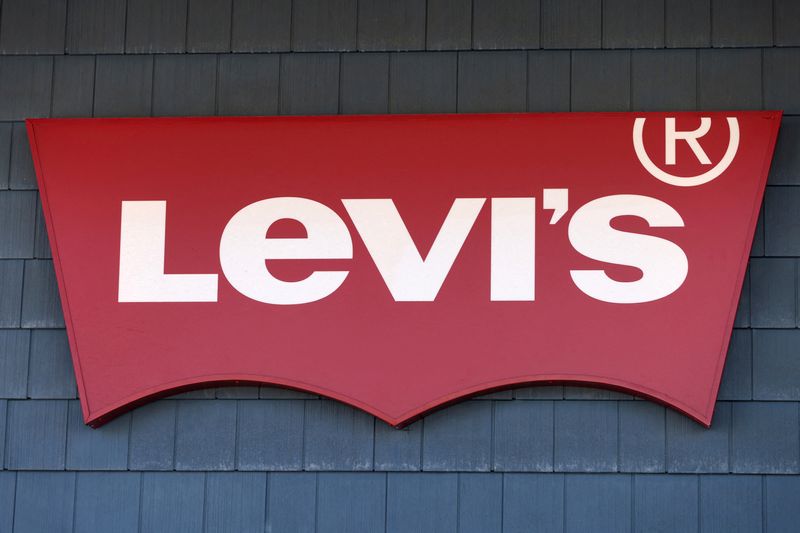The Black-Scholes option pricing model is a widely used mathematical formula for calculating the theoretical value of European-style options. Developed by economists Fischer Black, Myron Scholes, and Robert Merton in 1973, the model takes into account various factors such as the current stock price, strike price, time to expiration, risk-free interest rate, and volatility of the underlying asset. By considering these inputs, the Black-Scholes model provides the fair value of an option, allowing investors and traders to make informed decisions regarding options trading strategies. While the model assumes certain assumptions, such as efficient markets and constant volatility, it has served as a foundational tool for options pricing and has greatly contributed to the understanding of derivatives markets.
Despite its widespread use and usefulness in options pricing, the Black-Scholes model has certain limitations. One of these limitations is its inability to fully account for phenomena such as volatility skew, term structure, and volatility risk premium. These factors introduce complexities and nuances that the Black-Scholes model does not explicitly incorporate.
Reference [1] introduces a novel option pricing model grounded in utility theory, providing an alternative approach that addresses the limitations of the Black-Scholes model. This proposed model takes into consideration factors such as investor preferences, risk aversion, and market dynamics to explain phenomena like volatility skew and volatility risk premium. The authors pointed out,
Preference-free option pricing models can account for the smirk shape and term structure pattern of implied volatility. Still, they are unable to explain the existence of volatility and skewness risk premia. On the other hand, utility-based option pricing models can produce these two risk premia assuming that investors adhere to the conventional utility function in Prospect Theory, which entails a subjective distortion of objective probabilities…
Our main finding is that loss aversion alone can explain all stylized facts of implied volatility and produce substantial volatility and skewness risk premia even when stock returns follow a normal distribution. The economic explanation for this finding is as follows. Loss-averse investors are more concerned about the possibility of losing money rather than the potential for significant gains. As a result, loss-averse investors tend to buy put options that serve as portfolio insurance. Their strong desire to protect their initial investment capital increases the demand for put options. Because of this, the equilibrium put option price is higher than the theoretical Black-Scholes price and this discrepancy is reflected in a negative volatility risk premium.
In short, by incorporating utility theory, the model offers a framework that better captures the complexities of option pricing and provides a more accurate representation of market conditions. This research contributes to the ongoing development of option pricing models and expands our understanding of the factors that influence option prices in real-world scenarios.
Let us know what you think in the comments below or in the discussion forum.
References
[1] Zakamulin, Valeriy, Can Loss Aversion Explain the Stylized Facts of Implied Volatility? 2023. https://ssrn.com/abstract=4471421
Further questions
What's your question? Ask it in the discussion forum
Have an answer to the questions below? Post it here or in the forum


